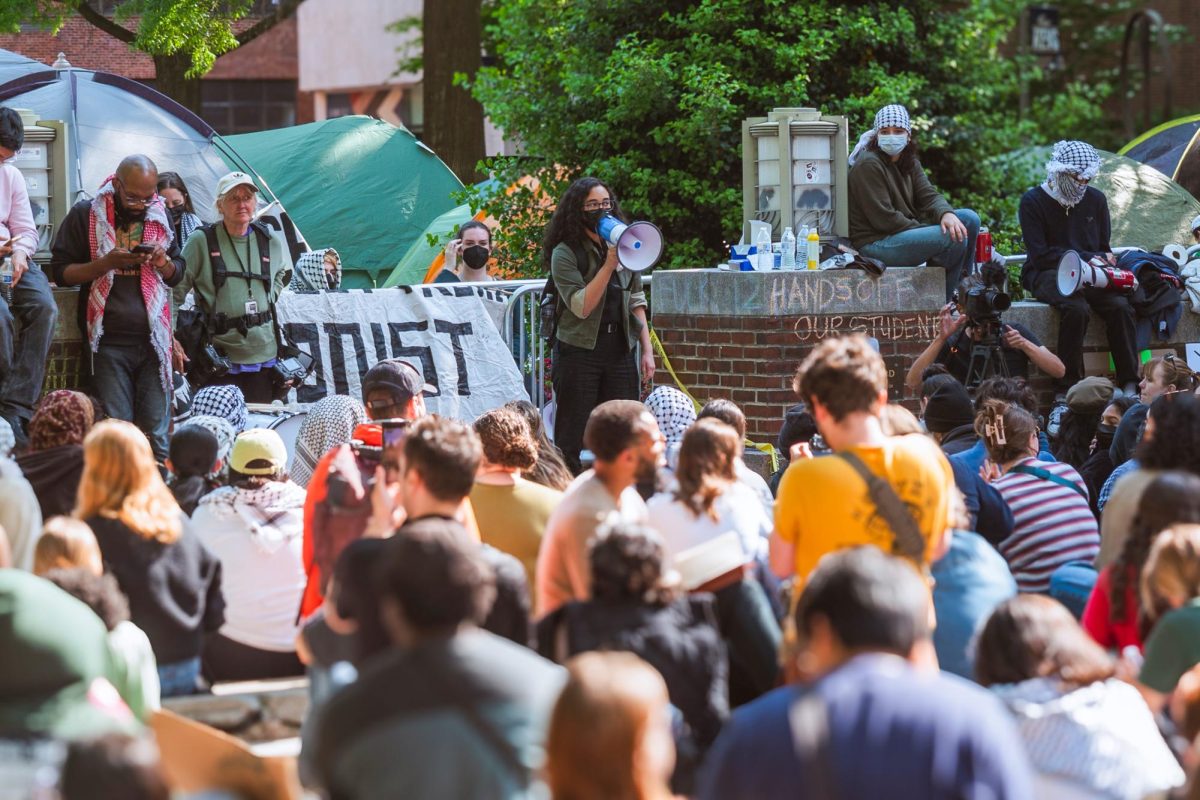The acquisition of Mount Vernon College and the 2000 Pennsylvania Ave. complex helped boost the University’s assets by $62.3 million dollars in fiscal year 1996, said Don Boselovic, GW’s associate vice president for finance.
The University reported $143.8 million in investments in land, buildings and equipment in 1996 on the tax form non-profit organizations such as universities must submit to the Internal Revenue Service. GW reported $81.5 million in investments the previous fiscal year.
The 1996 fiscal year ran from July 1, 1996 to June 30, 1997, the most recent year for which GW tax information is available.
The total revenue for GW fell from $829.9 million in 1995 to $670.5 million in 1996, according to form 990, the form that breaks down GW’s revenue, expenses, net assets and liabilities.
Boselovic said a change in the way GW reports internal financial aid – need or merit-based – is partly responsible for the decline.
In 1995, money GW granted to students as financial aid was reported as an expense on form 990, Boselovic said. But in 1996, the IRS changed its policy and the aid now counts as a decrease in revenue. The change also lowered the University’s incoming program service revenue, which includes tuition revenue, from $642 million in 1995 to $607 million in 1996.
“Before the change, if a student received $5,000 in grants from the University, it was reported as an expense by the University,” Boselovic said. “Now, it is reported as though the student is paying $5,000 less in tuition.
“For example, if tuition was $20,000, in 1995 the entire $20,000 would be reported as revenue. In 1996, it would be reported as $15,000,” he said.
Boselovic also said the sale of the Potomac Electric and Power Company building at 1900 Pennsylvania Ave. in 1995, and gains on endowment funds in 1995 made up most other changes in total assets between the two years.
Direct public support to GW, including alumni donations, jumped from $18.4 million in 1995 to $19.4 million in 1996.
Michael Worth, vice president for development and alumni affairs, attributed the increase partly to the alumni donation campaign started in honor of GW’s 175th anniversary. The campaign began in 1996 and continued beyond the end of the fiscal year, which was June 1997.
GW President Stephen Joel Trachtenberg’s base salary increased by more than $62,000 in 1996 to $385,240.51.
Employee benefits went from $38,306.20 to $39,800, according to the form.
The highest paid GW employees besides officers, directors and trustees all were physicians in 1996. But in 1995, the highest paid employees also included Mike Jarvis, the former men’s basketball coach.
GW decreased its spending on lobbying efforts from $378,047 in 1995 to $333,211 in 1996. GW describes this expense in form 990 as “(making) contacts with members of Congress, White House staff, federal departments and agencies, and state and local governments with the purpose of furthering it’s academic and research missions.”







